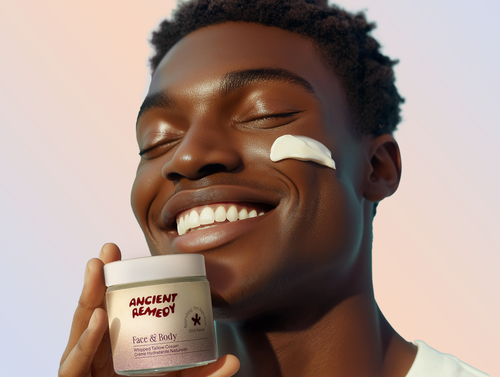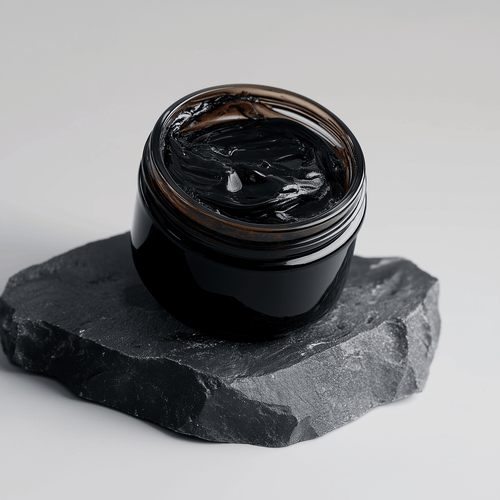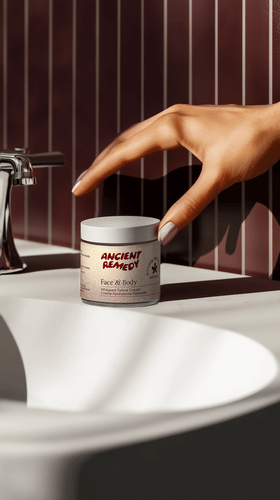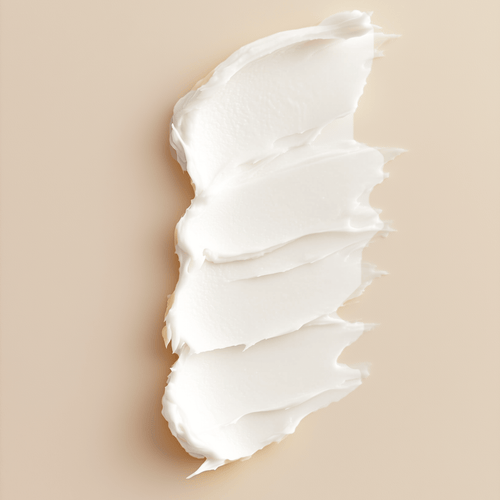
Does Tallow Clog Pores? The Truth About Tallow in Skincare
In the world of skincare, 'non-comedogenic' is a buzzword for products that promise not to clog your pores. As natural skincare gains traction, tallow has emerged as a standout ingredient. But is tallow truly non-comedogenic, or is it just another trend? Let's explore the science and experiences behind tallow in skincare.
What is Tallow?
Tallow is a form of rendered beef, rich in nutrients and traditionally used in cooking and candle-making. Recently, it has been embraced in skincare for its nourishing properties and compatibility with human skin.
The Nutrient-Rich Composition of Tallow
Tallow is packed with vitamins A, D, E, and K, as well as beneficial fatty acids like conjugated linoleic acid (CLA) and palmitoleic acid. These nutrients have anti-inflammatory and antimicrobial properties, making tallow a potential ally for those with sensitive or acne-prone skin.
What Does Comedogenic Mean?
Comedogenicity refers to the likelihood of a substance to clog pores, leading to blackheads, whiteheads, and acne. The comedogenic scale ranges from 0 (non-comedogenic) to 5 (highly comedogenic). While some popular oils, like coconut oil, score high on this scale, others, like argan oil, are considered low-comedogenic.
Tallow and the Comedogenic Scale
Despite its rich, oily nature, tallow ranks low on the comedogenic scale, typically around 2. This low rating can be attributed to its similarity to the skin’s natural oils, or sebum, which allows it to be absorbed easily without clogging pores.
Benefits of Tallow for Acne-Prone Skin
Many users report positive results when using tallow for acne. Here are a few reasons why:
- Nourishment: The vitamins and fatty acids in tallow help nourish the skin, promoting healing and reducing inflammation associated with acne.
- Antimicrobial Properties: CLA and palmitoleic acid in tallow have antimicrobial effects that can help combat acne-causing bacteria.
- Balancing Oils: Tallow's similarity to human sebum helps balance oil production, reducing the risk of clogged pores.
Debunking Myths About Tallow
A common misconception is that tallow’s greasy texture must clog pores. However, its molecular structure allows for easy absorption. Using high-quality, grass-fed tallow minimizes the risk of impurities that might clog pores.
How to Use Tallow in Your Skincare Routine
To incorporate tallow into your skincare routine, choose products made from grass-fed, high-quality tallow. Here are a few ways to use it:
- Moisturizer: Apply a small amount of tallow balm or cream to your face after cleansing. Its rich consistency means a little goes a long way.
- Spot Treatment: Use tallow on dry patches, inflamed areas, or acne spots to leverage its healing properties.
- Lip Balm: Tallow makes an excellent lip balm, providing lasting moisture without synthetic additives.
Conclusion
Everyone’s skin is unique, and what works for one person may not work for another. However, tallow’s low comedogenic rating and nutrient-rich profile make it a promising natural skincare option. Its compatibility with human skin and potential benefits for acne-prone skin are compelling reasons to give it a try. Always patch test new products to ensure they work well with your skin, and consult with a dermatologist if you have concerns.
So, is tallow non-comedogenic? For many, the answer is a confident yes.





